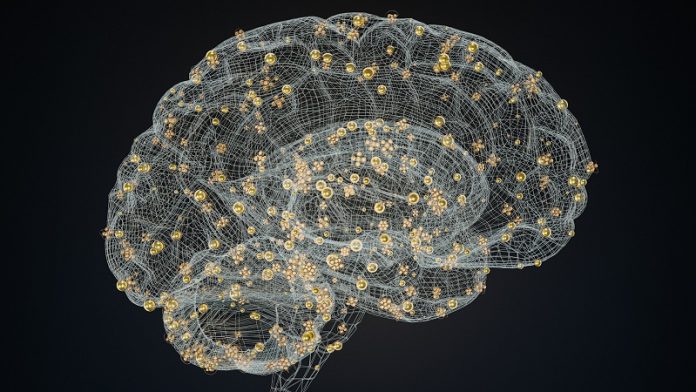
Ever wondered how you manage to keep track of all the information you receive daily?
A recent study from Murdoch University suggests you might have to thank a system in your mind called the positional tagging system.
The study, “Spatial organization in the human mind as a function of the distance between stimuli,” published in the Quarterly Journal of Experimental Psychology, investigates how our cognitive systems are influenced by the way we receive information.
Professor Guillermo Campitelli, Pro Vice Chancellor of Health and Education at Murdoch University, highlighted the practical applications of this research.
“Understanding spatial positional association can help develop better strategies for presenting information in learning and teaching, and for effectively sharing information with the public,” he said.
Hannah Fenwick, a Ph.D. student at Murdoch University and the study’s lead author, explained that the research focused on how the spacing and order of information affect our minds.
“We store and process a vast amount of information, and our minds need to organize it efficiently to make sense of it,” Fenwick said.
Previous studies on working memory have shown that people from Western cultures respond faster to items at the beginning of a sequence with their left hand and to items at the end with their right hand.
This phenomenon is known as the Spatial Positional Association of Response Codes (SPoARC) effect, indicating that our minds tag information from left to right, similar to our reading and writing direction.
The Murdoch University study aimed to test the flexibility of this spatial organization by examining how the distance between items on a screen affects the SPoARC effect. The researchers hypothesized that increasing the distance between items would enhance the SPoARC effect.
However, the findings revealed that regardless of how information is spaced on a screen or page, the mind treats it the same way. “These results add to the strong evidence of the SPoARC effect and deepen our understanding of how the human mind organizes information,” Fenwick said. “This has significant implications for improving memory retention strategies and enhancing learning techniques.”
In summary, this study shows that the way information is organized spatially does influence how our minds process it, but the effect remains consistent regardless of the spacing.
This understanding can help in developing better methods for presenting information to aid learning and memory retention. So next time you organize your notes or plan your study layout, remember that your mind is already wired to process it efficiently.
If you care about brain health, please read studies that eating apples and tea could keep dementia at bay, and Olive oil: a daily dose for better brain health.
For more health information, please see recent studies what you eat together may affect your dementia risk, and time-restricted eating: a simple way to fight aging and cancer.



